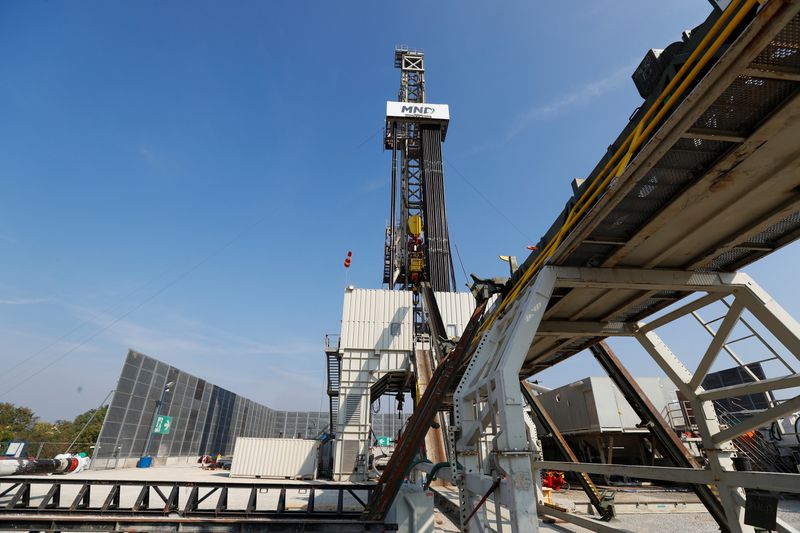By Shadia Nasralla and Ron Bousso
LONDON (Reuters) - Europe's top oil and gas companies, which account for roughly 7% of global crude consumption, have committed themselves to greenhouse gas emission reduction targets which vary in scope and detail, making them hard for investors to compare.
Graphic: European oil companies - share of global consumption - https://fingfx.thomsonreuters.com/gfx/ce/7/8805/8786/Pasted%20Image.jpg
Many climate ambitions among oil majors relate to results three decades into the future and depend on carbon offsets, whose availability is finite, and carbon capture and storage, a technology not currently deployed at commercial scale.
What does this mean, say, for the carbon footprint of a car driver at a petrol station?
If we take BP (LON:BP) as an example, emissions from its own barrels, from wellhead to passenger car exhaust, amount to around 415 million tonnes of carbon dioxide equivalent a year.
BP says it will reduce these emissions - roughly the same as Britain's annual emissions - to net zero by 2050.
The net zero target does not cover crude and refined products that BP trades but which are initially brought out of the ground by other producers, a total which is much larger than the oil and gas BP produces itself. It says it aims to halve the carbon density of all energy that it trades by 2050.
Graphic: BP's greenhouse gas emission targets - https://fingfx.thomsonreuters.com/gfx/ce/7/8806/8787/BP%20emissions%20targets.jpg
BP's peer Royal Dutch Shell (LON:RDSa) has the oil and gas sector's broadest plan to reduce greenhouse gas emissions to net zero by 2050, although it depends on pivoting "towards serving businesses and sectors that by 2050 are also net-zero emissions".
This means Shell relies on its customers' choices to reach its aim.
Graphic: Shell's climate ambition - https://fingfx.thomsonreuters.com/gfx/ce/ygdpzeekvwa/Shell%20climate.png
French major Total pledged to cut to zero the greenhouse gas emissions from its operations, such as oil fields, globally by 2050. Such emissions from a group's operations and from the electricity used for them are also known as Scope 1 and 2.
But its broader 2050 net zero carbon plan covering emissions from fuels made from the oil and gas it extracts, such as gasoline, and sold to customers - also known as Scope 3 - only applies to Europe.
Graphic: Total's climate targets - https://fingfx.thomsonreuters.com/gfx/ce/yzdvxoxmqpx/Total's%20climate%20targets.png
As for emissions from its global fuel sales, it wants to reduce the carbon intensity of energy products used by Total customers by 2050 to less than 27.5 grammes CO2 equivalent per megajoule.
An intensity-based target allows for absolute emissions to increase if volumes sold go up.
Equinor has also pledged to halve the intensity of the energy products it produces and sells by 2050, but its methodology is based on its equity oil and gas output, rather than every drop of fuel it sells.
Eni, conversely, committed to cut its absolute emissions from all products it sells by 80% and said its oil output would shrink from 2025.
Graphic: Eni's greenhouse gas emissions target - https://fingfx.thomsonreuters.com/gfx/ce/7/8832/8813/Eni%20emissions%20target.jpg

Still, European oil and gas producers' climate ambitions are way ahead of their U.S. peers ExxonMobil (NYSE:XOM), Chevron (NYSE:CVX) and ConocoPhillips (NYSE:COP).
